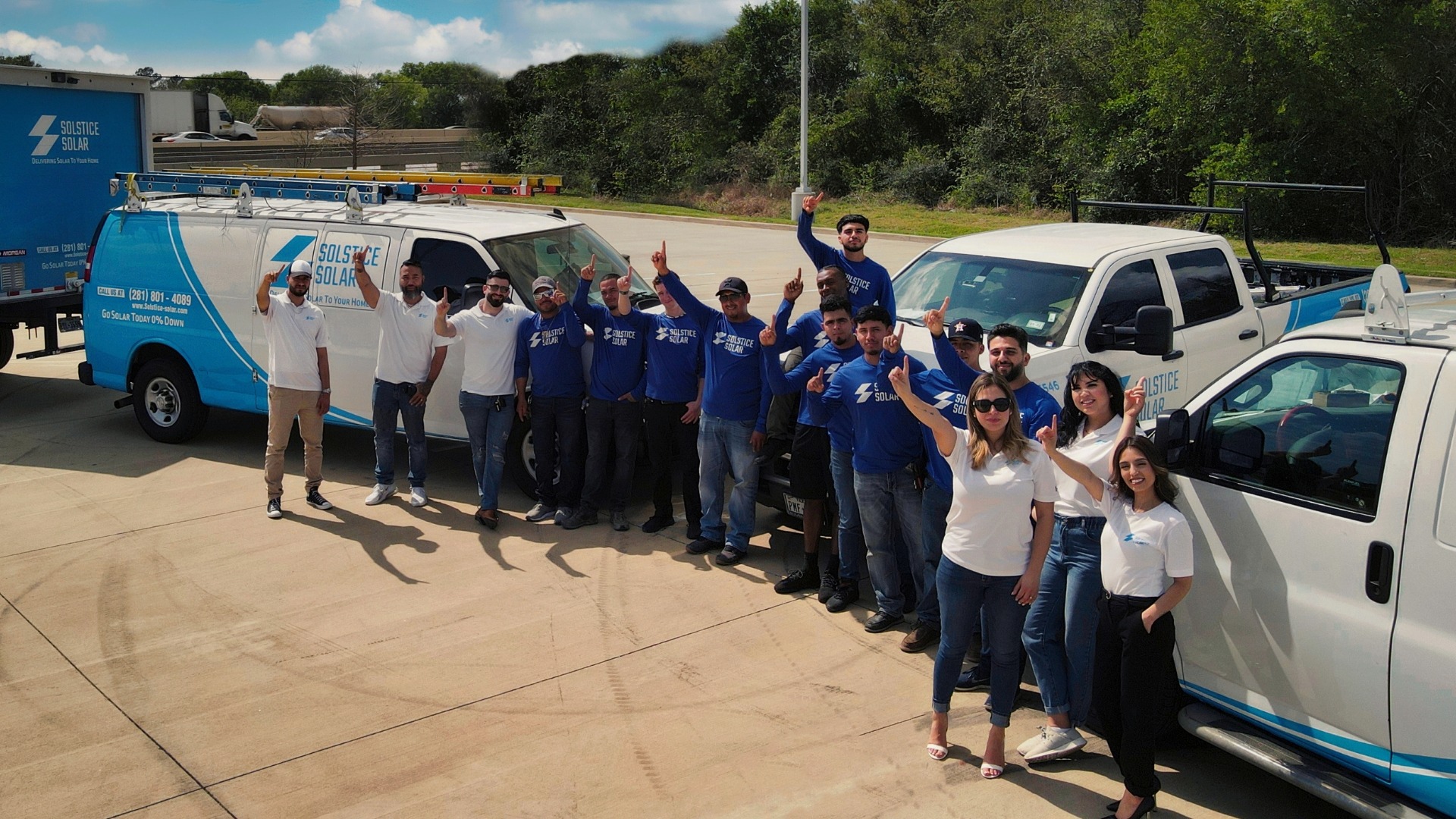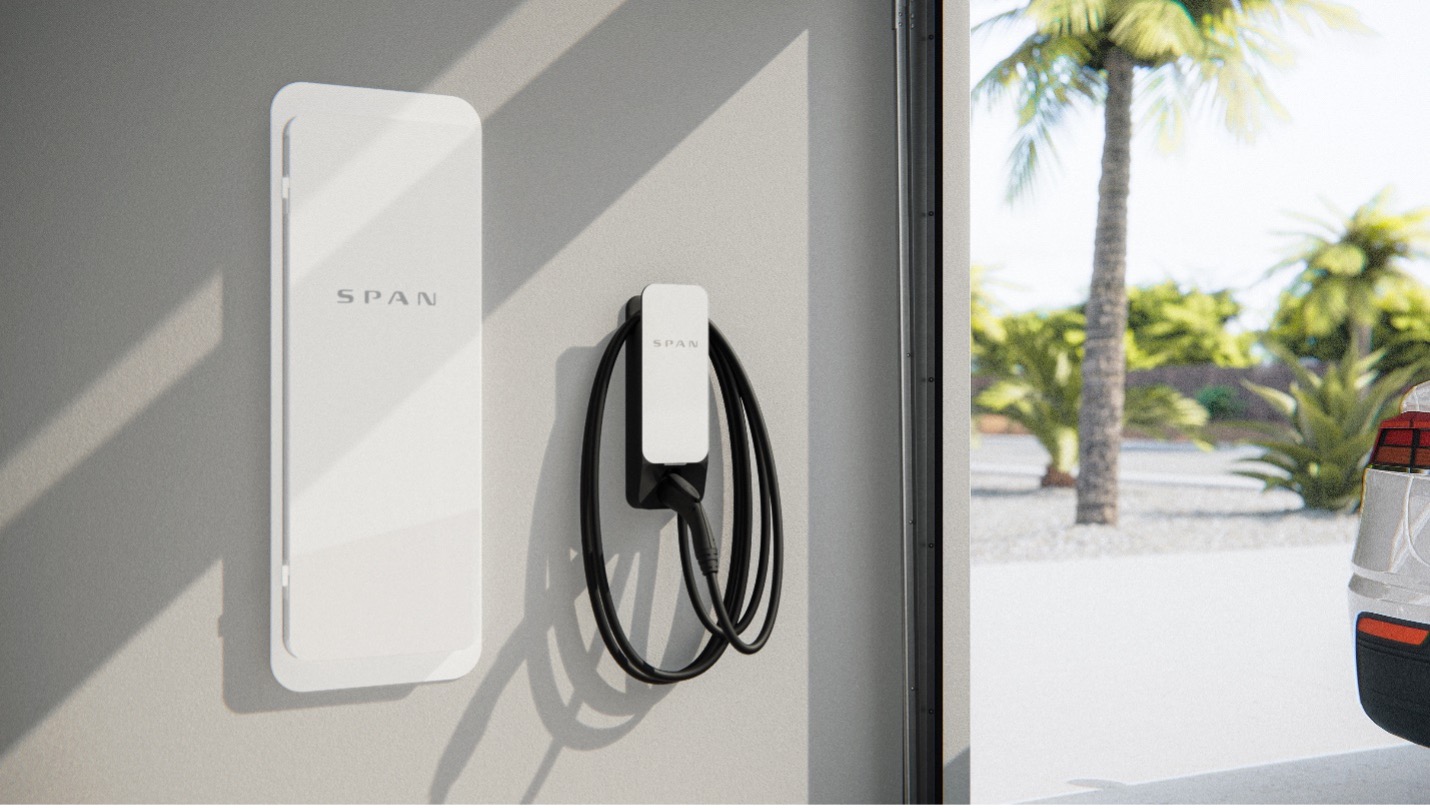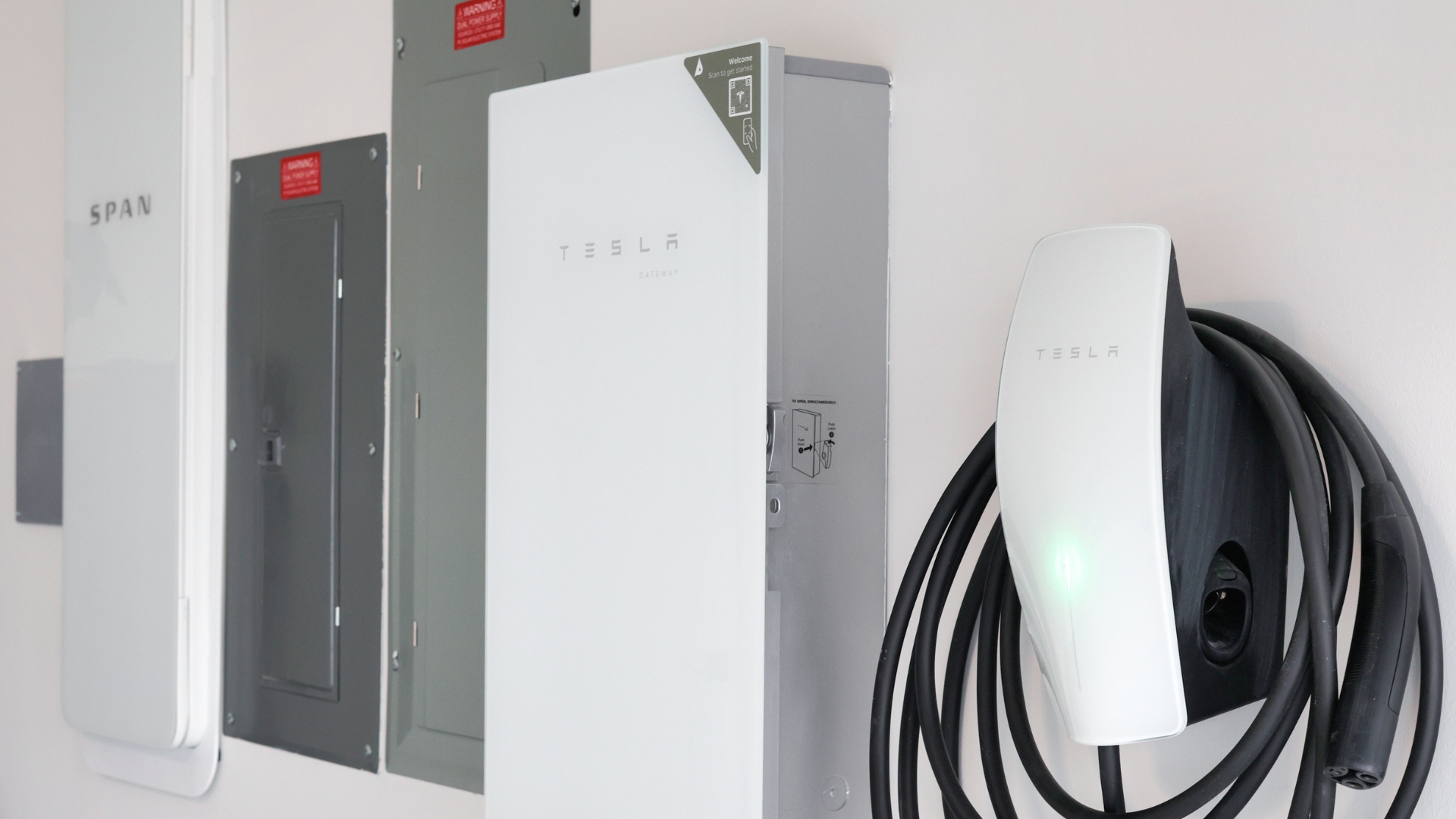A New Bill Could End the 30% ITC Solar Tax Credit Early
In May 2025, the House passed the One Big Beautiful Bill, a federal budget package now under review in the Senate. A final Senate vote is expected in early July 2025. If the bill passes and is signed into law, it would end the 30% Investment Tax Credit (ITC) for residential solar 180 days after enactment, well before the original expiration date of December 31, 2032.
This 30% ITC — originally extended under the Inflation Reduction Act — has been one of the most valuable incentives for homeowners investing in solar panels and battery storage. Under the proposed law, homeowners would need to incur project costs, not just install the system, within 180 days of the bill being signed to remain eligible.
If you’re considering solar, now is the time to act. With installations taking months, starting now helps ensure you qualify for the full 30% tax credit before it potentially ends early, especially as summer energy bills rise.
What Does This Mean for Homeowners?
With the One Big Beautiful Bill under consideration, there’s a lot at stake for homeowners interested in solar. The 30% tax credit has made solar much more affordable, but if the bill passes as currently written, the chance to claim the full 30% could disappear much sooner than expected. Here’s a breakdown of the key changes:
1. Accelerated Phaseout
The 30% ITC for residential solar would end 180 days after the bill is enacted. This means eligible homeowners must incur solar installation costs (like deposits or progress payments) within that period to secure the credit; even if the installation finishes later.
2. Impact on Financing Options
If you rely on third-party financing options like solar loans, leases, or power purchase agreements (PPAs), this bill could make it more difficult to qualify for the full tax credit. This would make solar more expensive and harder to finance. Many homeowners rely on these flexible financing options to make solar more accessible, so changes here could significantly increase the out-of-pocket cost.
3. Rising Solar Costs
Without the 30% solar tax credit, the upfront cost of solar could rise dramatically, making it harder for homeowners to afford solar installations. This tax credit has been a crucial factor in making solar accessible to many, and losing it could push the cost of clean energy beyond the reach of everyday homeowners.
4. Broader Impact on the Solar Industry
Beyond homeowners, the bill could hurt the broader solar industry. Over 300,000 solar-related jobs and hundreds of manufacturing facilities are at risk if the tax credit ends early. This would slow the growth of clean energy nationwide.
5. Battery-Only Systems May Remain Eligible
Battery-only installations may still qualify for the credit even after residential solar eligibility ends, based on current Senate language. However, this is still subject to final clarification in the bill’s wording.
Will Local Solar Incentives Be Affected?
While the One Big Beautiful Bill primarily targets federal tax credits, it’s important to note that state and local incentives may still apply. These incentives vary widely depending on your location, so it’s a good idea to:
- Check with local authorities to understand any current or upcoming solar incentives in your area.
- Consult with a solar provider who can give you up-to-date information on both federal and local incentives that apply to your situation.
Why Timing Matters Now More Than Ever
If you’ve been thinking about going solar, waiting could cost you. While the 30% credit is still available today, the window to secure it may close in early 2026, 180 days after the bill is signed, if passed in July. Since summer is already the peak season for high utility bills, installing solar now lets you benefit immediately while locking in long-term savings.
Here’s what to do next:
- Don’t wait until the last minute; the installation process takes time, and if you delay, you may miss out on the 30% tax credit.
- Reach out to a professional solar provider today to explore your options and begin the process.
- Check our guide to Texas solar incentives for homeowners to learn about local incentives, federal credits, and more that can help make your solar investment more affordable.
- Consider your financing options now, before changes to eligibility may increase costs.
By moving fast, you can secure the full 30% tax credit before it’s gone. The window is closing, and every week counts. Don’t risk missing out, start your solar project now and lock in the savings while you still can.







